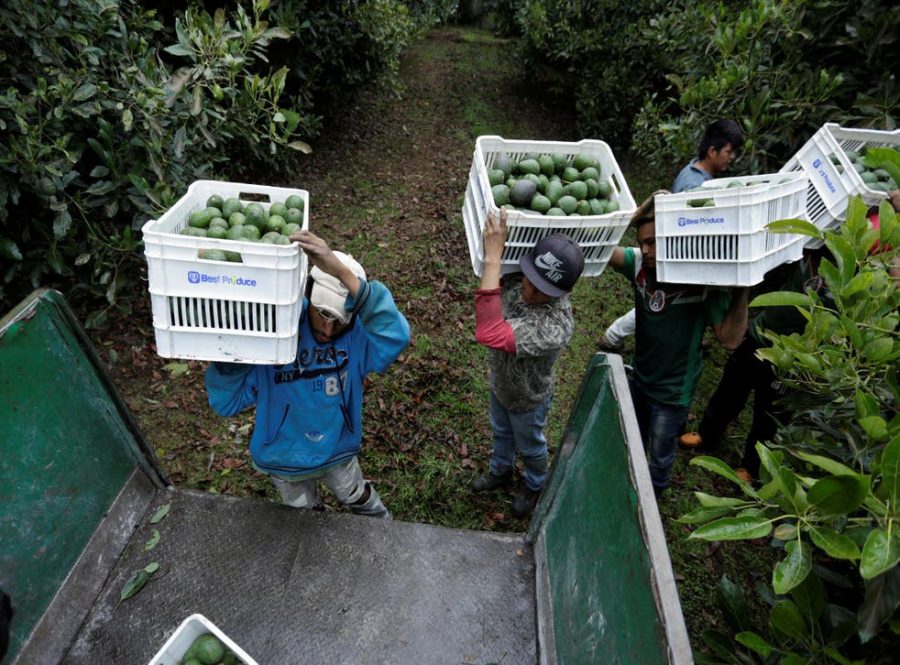Guac Bottom: An Insight into the Avocado Crisis
November 29, 2021
In more recent years, the prices of avocados have drastically increased. According to Business Insider, the average price per avocado has increased by 129%.
So, why the drastic increase? Well, there are many supply fluctuations from Mexico. The price increase can also be attributed to the pandemic due to current market developments and the extension of the lockdown.
In addition, the volume in the wholesale trade has decreased due to the fact that the shortage of air freight capacity has not disappeared and some restaurants still remain closed.
Interestingly enough, avocados have an extremely negative effect on the environment. To grow a singular avocado, it takes just about 60 gallons of water. A crate can hold 205 avocados which would mean that it takes 12,300 gallons of water to produce a single crate of avocados.
Let alone the absurd amount of water they require, they also encourage deforestation since they are plantation-farmed cash crop commodities. Farmers are constantly clearing lush forests and natural land to make room for new, larger plantations.
Deforestation is a huge factor in the increasing problem of climate change and it adds an increased amount of carbon into the atmosphere. The carbon footprint of avocados is larger than almost any other fruit.
Avocados require international trade which releases many toxins into the air that are harmful to the environment. In response to this realization, many restaurants and food gurus have come up with alternatives to recipes that center around avocados such as guacamole.






